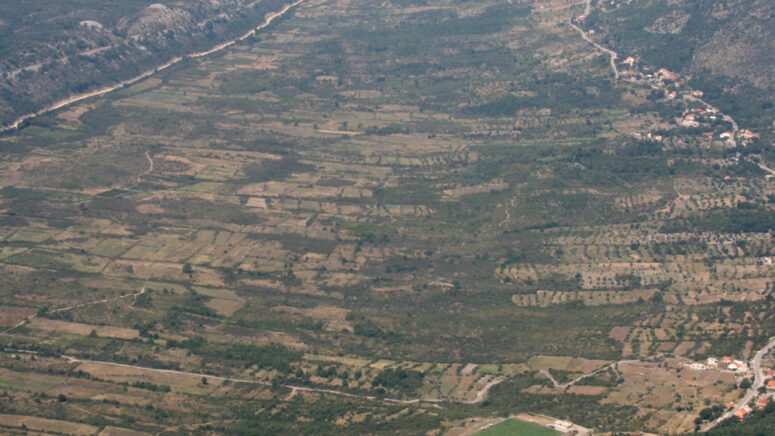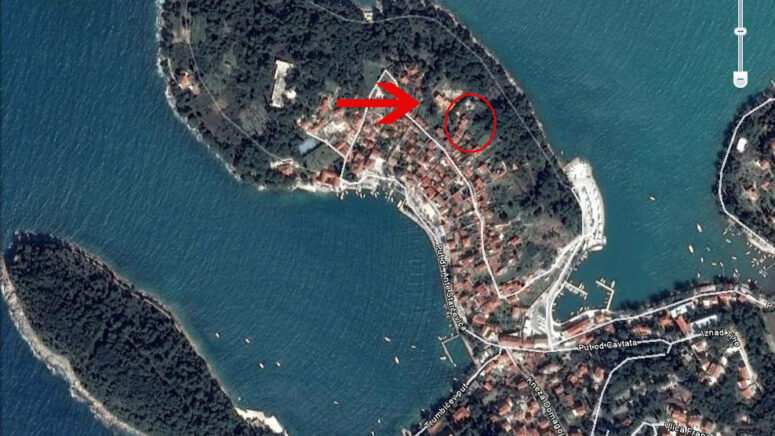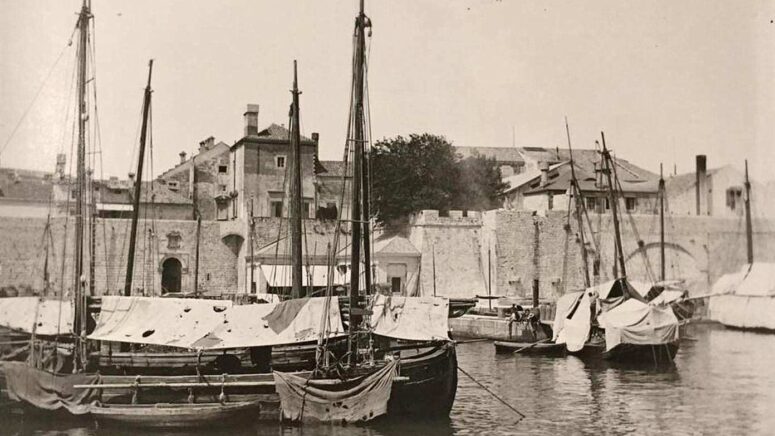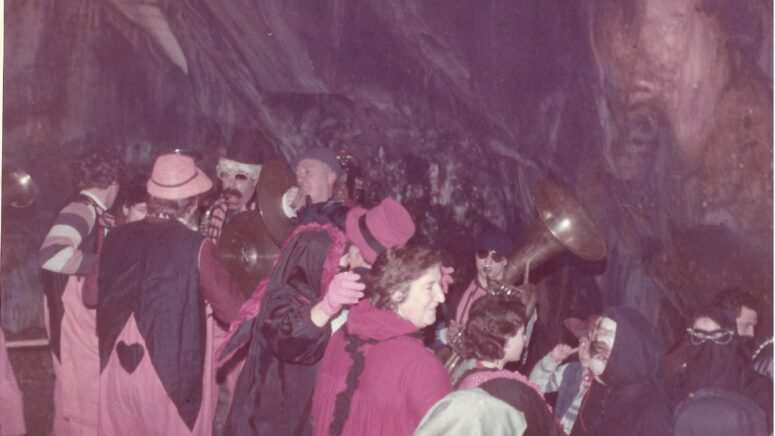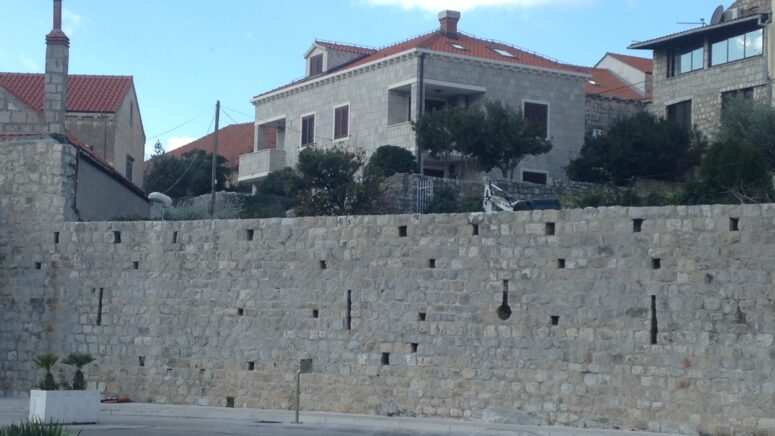A developed road system was one of the trademarks of the Roman Empire. Road infrastructure had a distinct military, economic and political purpose, and its role in the Romanisation of the conquered lands was crucial to the establishment of a strong Roman state. In addition to being well designed, Roman roads were durable and useful. […]
In 2015, the Museums and Galleries of Konavle conducted research in the back garden of the house at the east end of Zore Street in Cavtat. It is a street connecting the Prijeko street, which stretches along the ridge of the Rat peninsula in the east-west direction, with the road stretching in the same direction […]
There is no lack of wind in our sea, along with no lack of surface waves, storms surges or currents. Surface waves are those created by the constant blowing of the wind, and are also locally called živo more (the living sea). Mrtvo more (the dead sea), also known as zibni valovi (the rocking waves), […]
The Lantern Carnival was an annual dance ball which took place in Cavtat as early as the 1930s, reaching its peak in the 1960s and 1970s. It took place in the former Falconry Centre (today’s Culture House Cavtat) on the last Thursday before Lent, better known as Pretili četvrtak (`Fat Thursday’), which would mark the […]
The history of the urban image of Cavtat was marked by a settlement or urban structure bounded and guarded by walls since prehistoric times. The break in the aforementioned continuity is the period of the early Middle Ages, of which there is hardly any data. In the 13th century, Cavtat and Obod were part of […]
